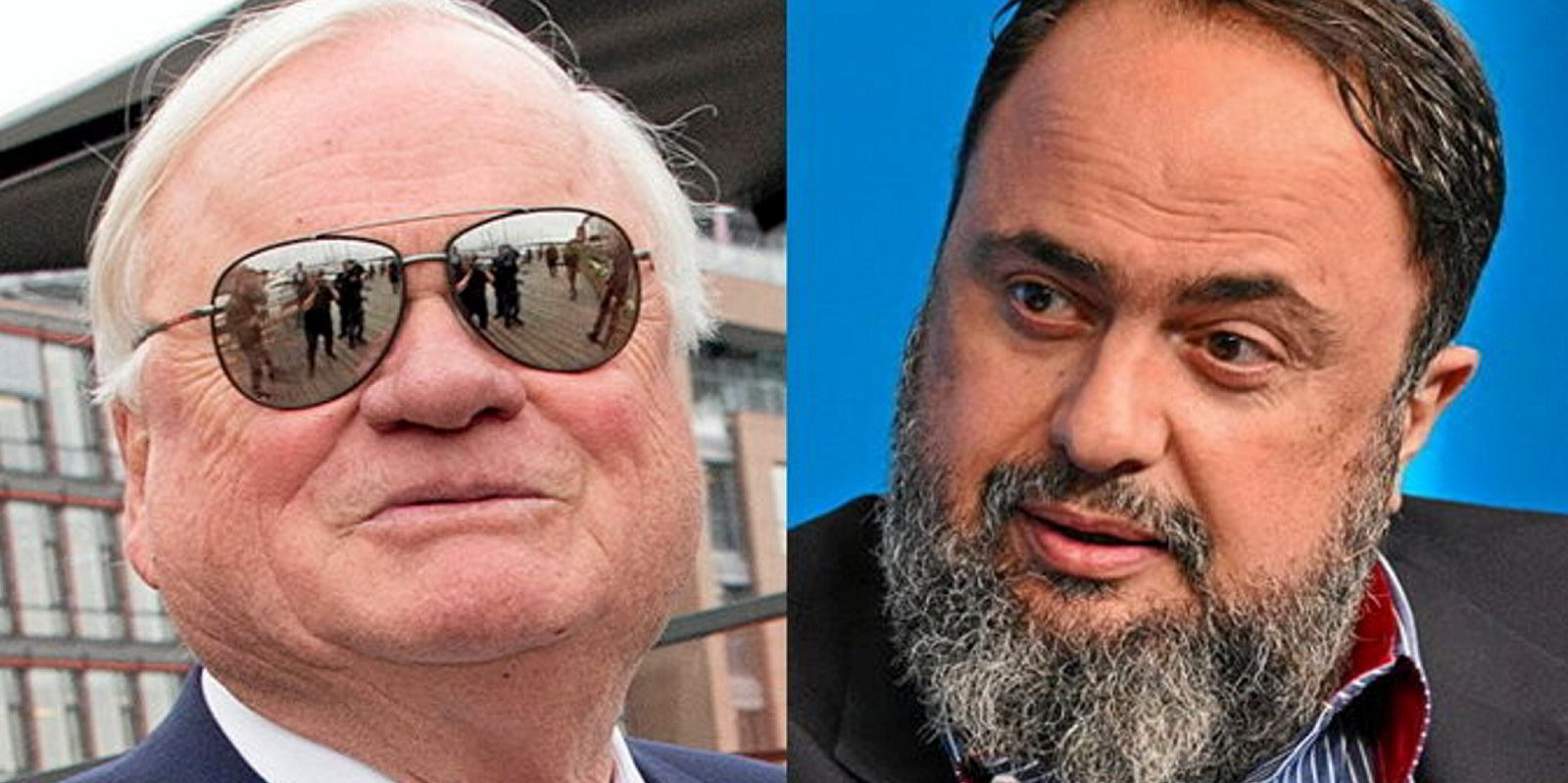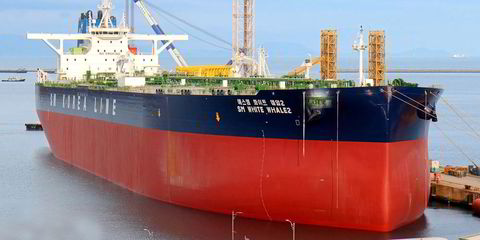Influential shipowners Evangelos Marinakis and John Fredriksen have separately pencilled in a total of up to 10 VLCC newbuildings worth almost $1.3bn at the same Chinese shipbuilder but with different fuelling choices in a move that could prompt a rush to yards for large tanker tonnage.
Marinakis’ Capital Maritime & Trading and Fredriksen’s private Seatankers Management are said to have inked individual letters of intent with Dalian Shipbuilding Industry Co (DSIC) for multiple 300,000-dwt crude carrier newbuildings.
Shipbuilding players said Athens-based Capital Maritime’s LoI is for up to six LNG dual-fuelled VLCCs, and the Greek owner is expected to have access to further optional berths.
The vessels are understood to be costing in the region of $140m each, with some brokers pricing them more specifically at around $136m.
Capital Maritime is lined up to take delivery of the four firm newbuildings in 2026 and 2027.
In contrast, Seatankers’ LoI is said to cover two firm vessels plus options for a further pair of ships, although some following the business have indicated the number of vessels could grow.
But Seatankers will be fitting scrubbers to its newbuildings as the ships will be powered by conventional marine fuel.
Brokers said the vessels will cost Seatankers about $116m apiece.
The VLCCs are due for handover dates in 2026.
Poles apart
The differing fuelling choices made by the two big-name owners are stark.
TradeWinds reported in November that Marinakis was planning a move into dual-fuelled VLCCs.
Speaking in Athens, Marinakis said his company would be investing substantial amounts in dual-fuelled tonnage and was in “ongoing discussions” about more LNG dual-fuelled vessels including VLCCs.
The Greek shipowner said his company believes in LNG and around 90% of Capital Maritime’s investment is LNG-related either in LNG carriers or dual-fuel vessels.
On the other hand, Fredriksen has so far stuck to conventional marine fuel for his tanker newbuildings.
According to Clarksons’ Shipping Intelligence Network, Fredriksen has three 158,000-dwt suezmax tankers and three 115,000-dwt product carriers on order at Shanghai Waigaoqiao Shipbuilding and New Times Shipbuilding, respectively.
These tanker newbuildings, which were ordered between 2022 and 2023, will be scrubber-fitted and powered by fuel oil.
DSIC win
Newbuilding brokers following Chinese shipbuilding activities said DSIC is set to haul in $1.3bn worth of VLCC newbuilding contracts if Capital Maritime and Seatankers firm up their orders.
They said DSIC, which also controls CSSC Tianjin Shipbuilding — the former Tianjin Xingang Heavy industry — will split the VLCC newbuildings between the two shipyards.
Brokers said several large players are tyre-kicking on VLCC berths and indicated that Capital Maritime and Seatankers faced competition for the DSIC slots. One suggested the berths would be snapped up quickly if either of the two owners did not move forward.
Several market players highlighted the current exceptionally low orderbook.
SIN lists the VLCCs on order at just 23, of which only eight will be able to run on alternative fuel. Just one vessel is due for handover this year, according to Tankers International.
Those following the VLCC market said it could just take one or two big names like Fredriksen and Marinakis to give some direction to the market and prompt a flow of other orders.
One said shipowners have proved cautious to move on the larger size vessels as the crude tanker trading routes are changing in a way that perhaps favours demand for suezmax-sized ships over their larger VLCC cousins.
In addition, newbuilding prices for VLCCs are currently in the upper quartile of their usual range and owners are nervous about paying out at “toppy” levels above $120m, which in the past have taken years to recoup.







